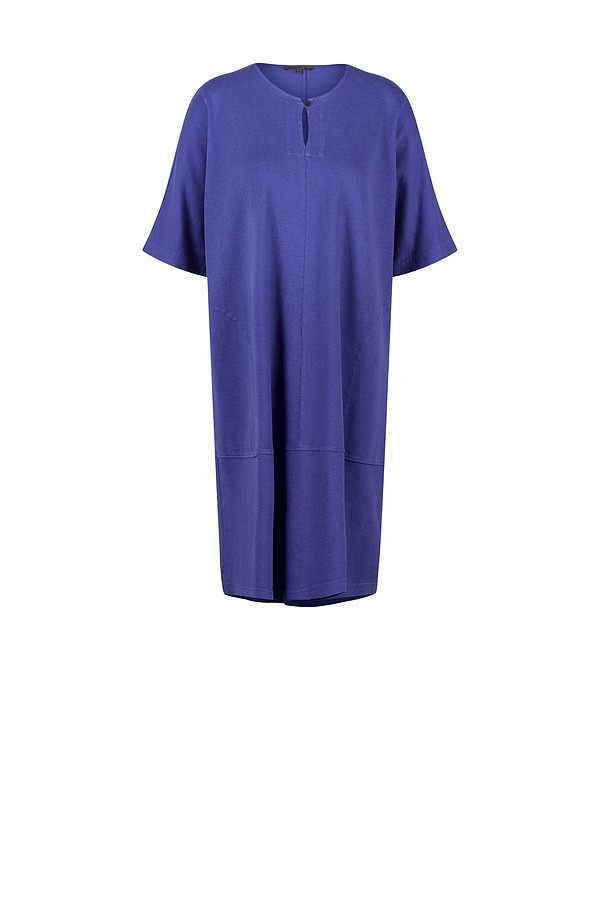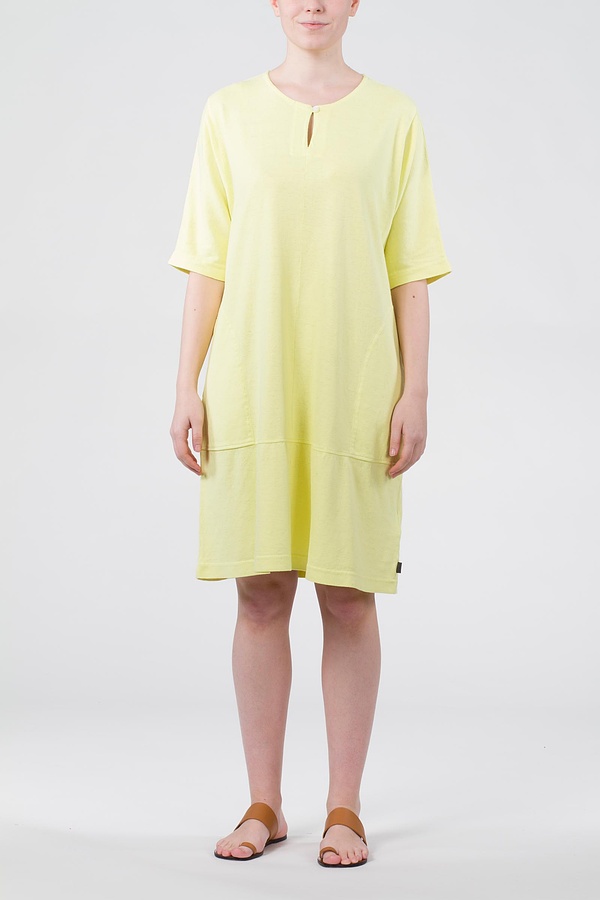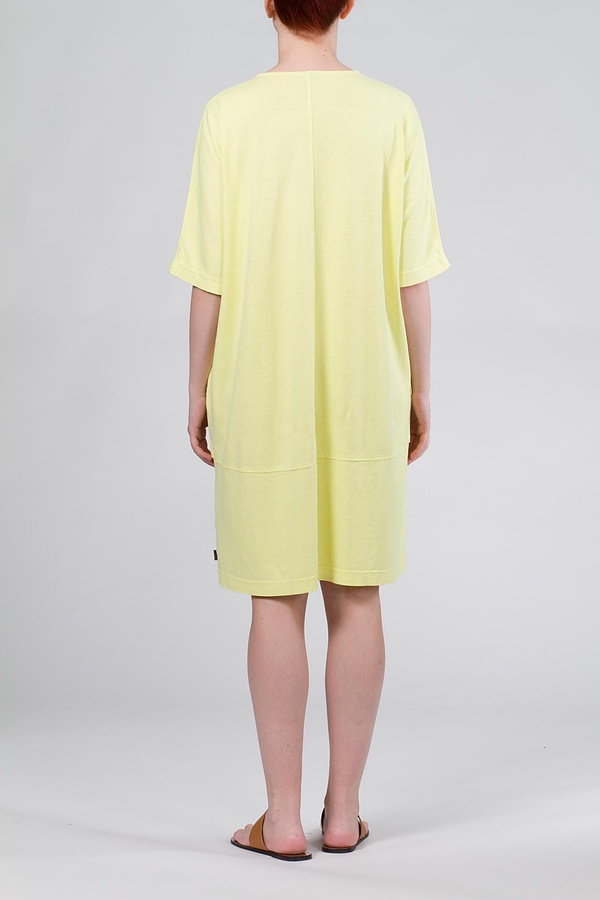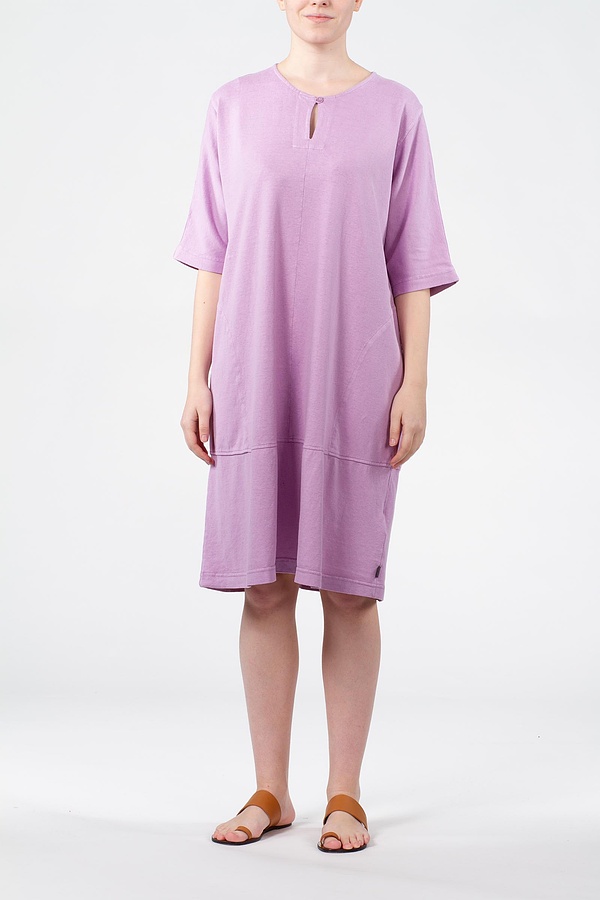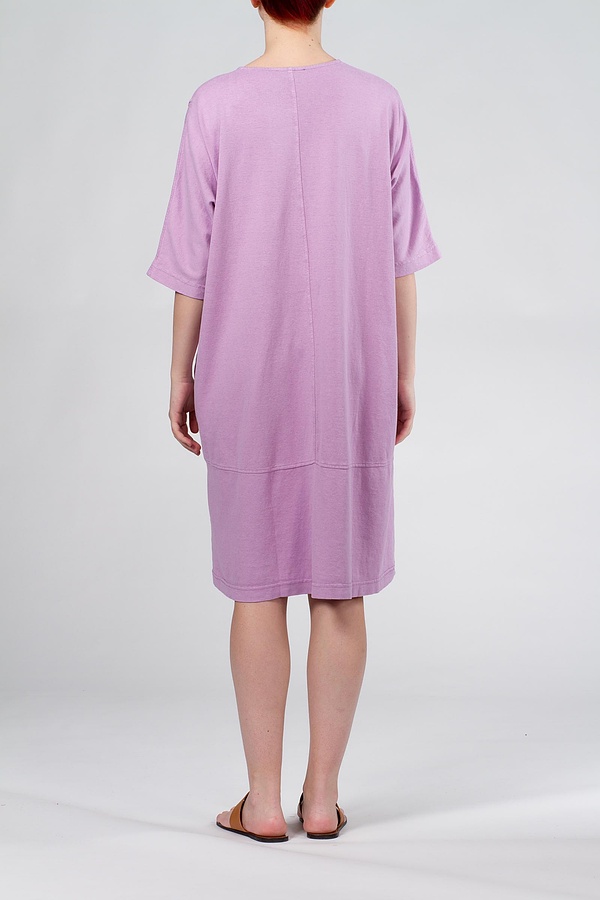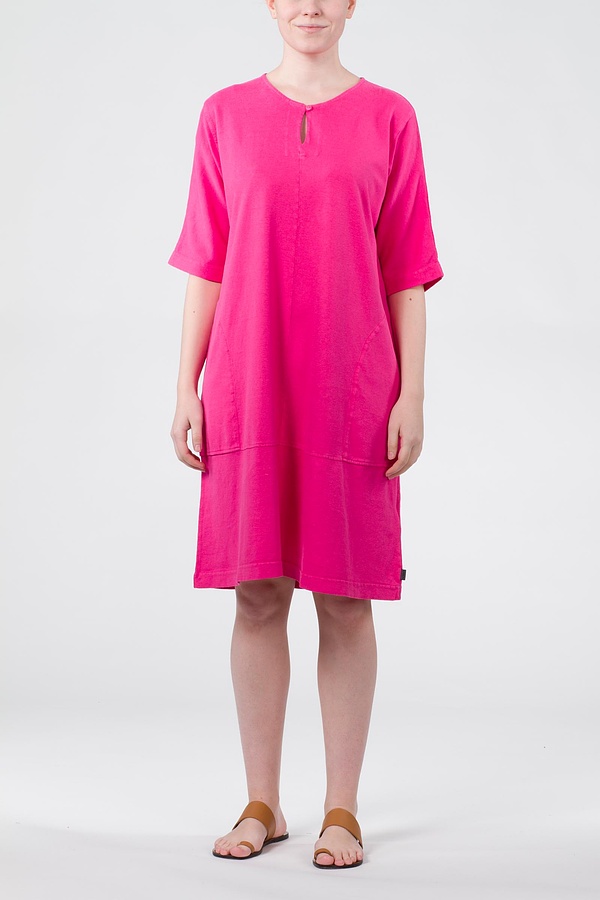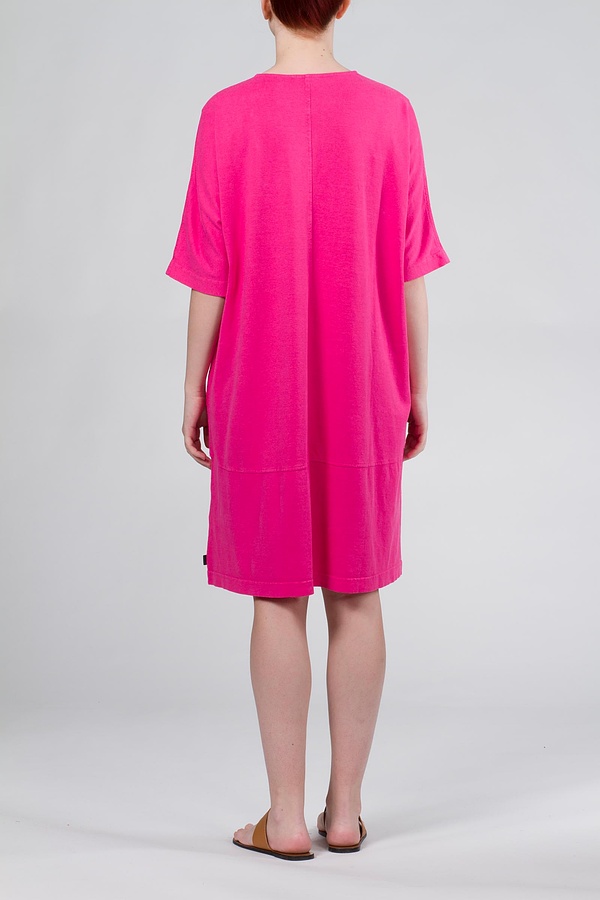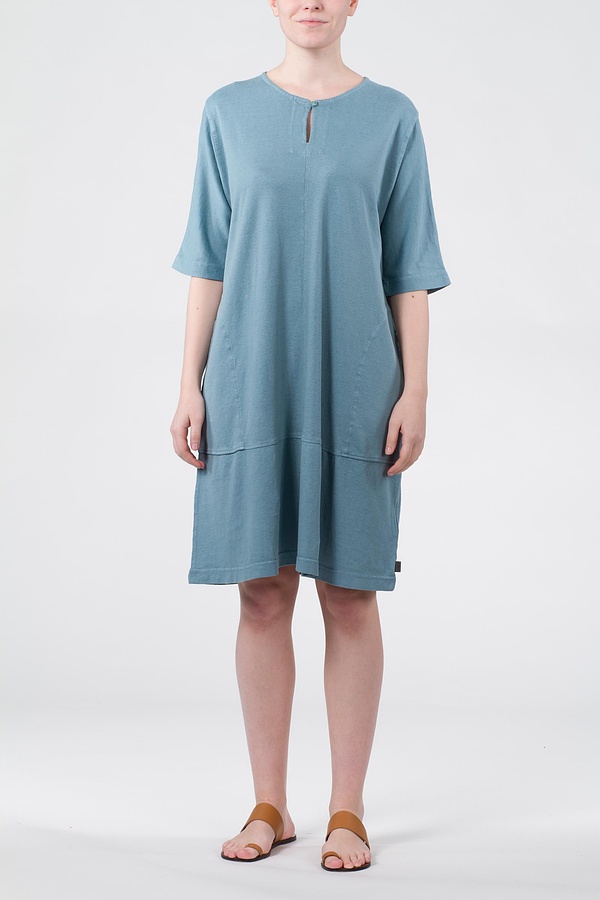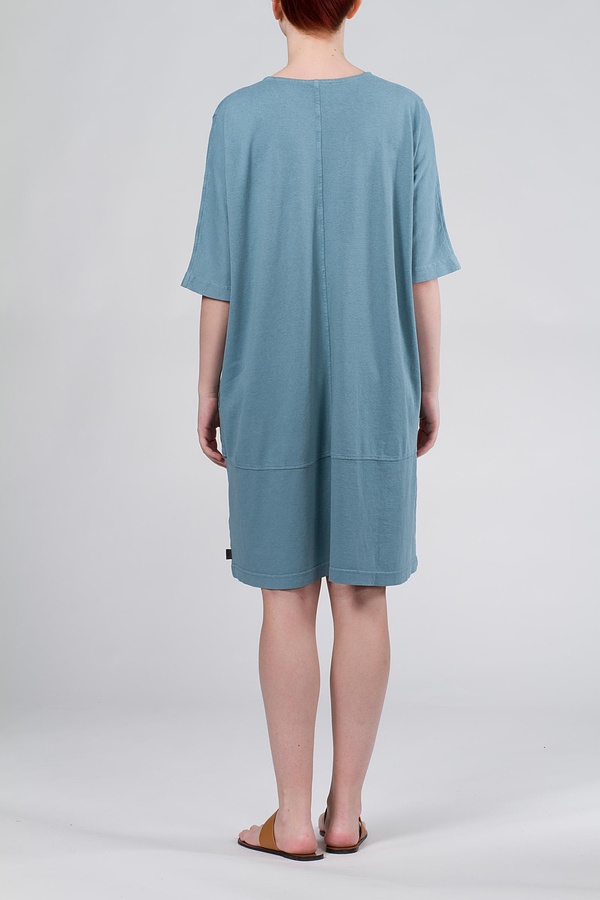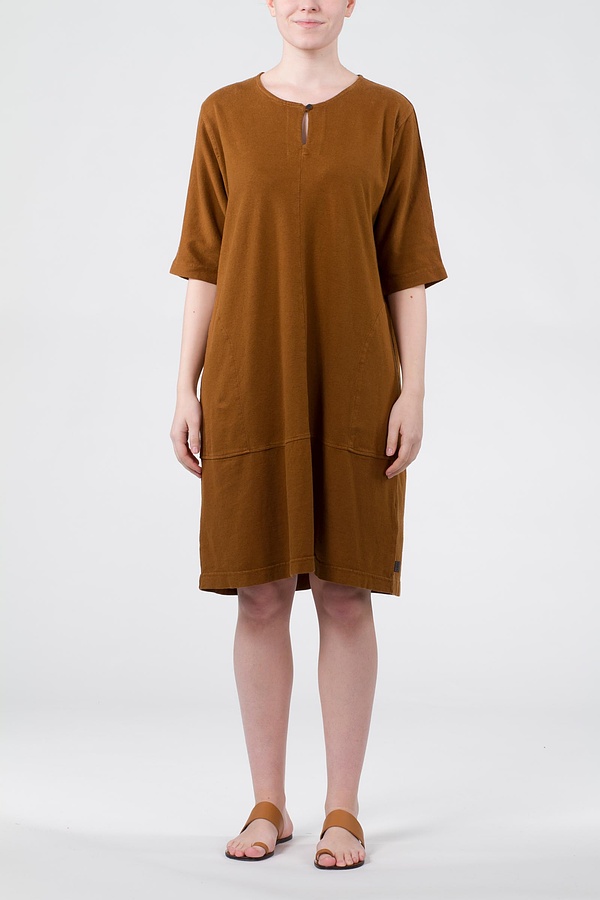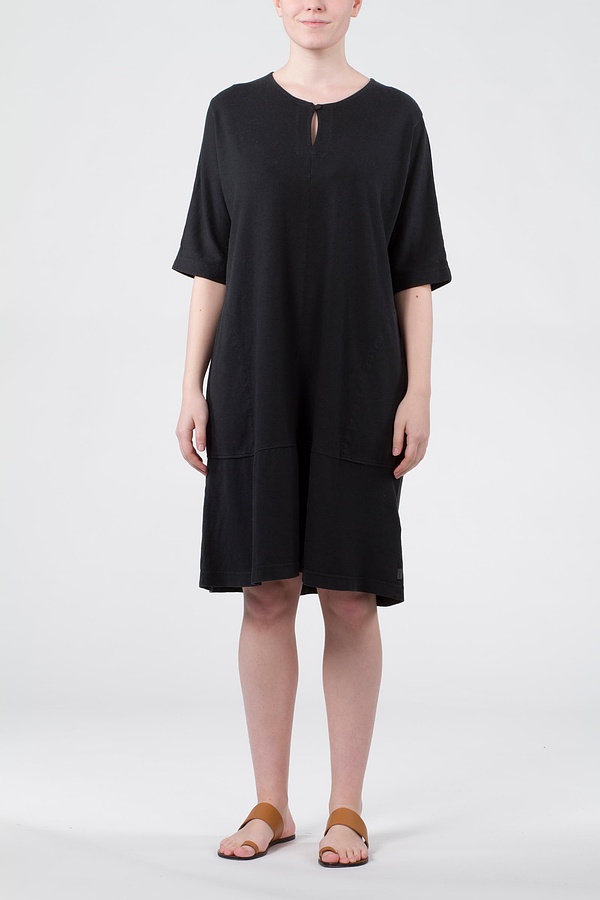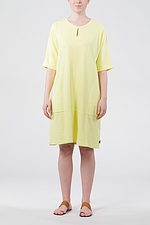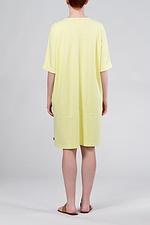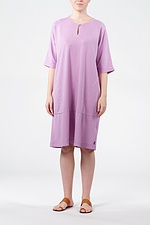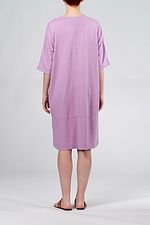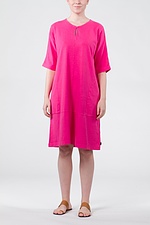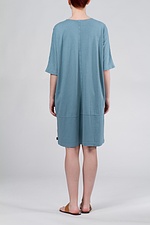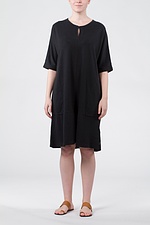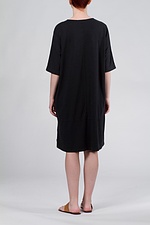OSKA® Dress 212 / Hemp - Eco-Cotton-Mix
55% Hemp, 45% Cotton
Contains non-textile substances of animal origin
- Machine wash 30°C
- Do not bleach
- Do not tumble dry
- Medium iron
- Do not dry clean
- Not colourfast, wash seperately, turn inside out for washing and ironing. Irregularities in the colour are part of the character of the product.
- Do not remove spots local.
€ 71.00
€ 119.00
Product no.: 10220110080 / 4002
Availability: Paris Cherche-Midi, Bordeaux
» Material & Care information
» Sizechart

This dress has been made from a hemp and organic cotton jersey, a highly sustainable material. In a subtle A-line cut, it has a sporty look that is emphasised by topstitching. It has a round neckline with a button detail, short sleeves and special pockets that evoke the collection theme of Morocco.
Good to know
OSKA hemp-cotton jersey, garment-dyed with reactive dyestuff. Attention: Irregularities in dyeing and stressed edges are characteristic for this quality. The 45% cotton is from organic cultivation. Organic cotton is grown and harvested according to organic farming guidelines, withoutOSKA hemp cotton jersey, garment dyed and washed. Possible irregularities in the dyeing are a desired effect and are not faults. Contains 45% OCS certified organic cotton (Organic Content Standard). Organic cotton is grown and harvested according to organic farming guidelines, without the use of chemical fertilisers and pesticides. Hemp is traditionally a crop plant and grows on poor soils. It needs neither pesticides nor fertilisers and requires very little water. the use of chemical fertilisers and pesticides.
